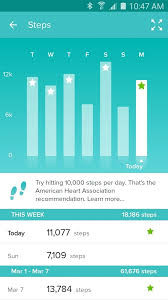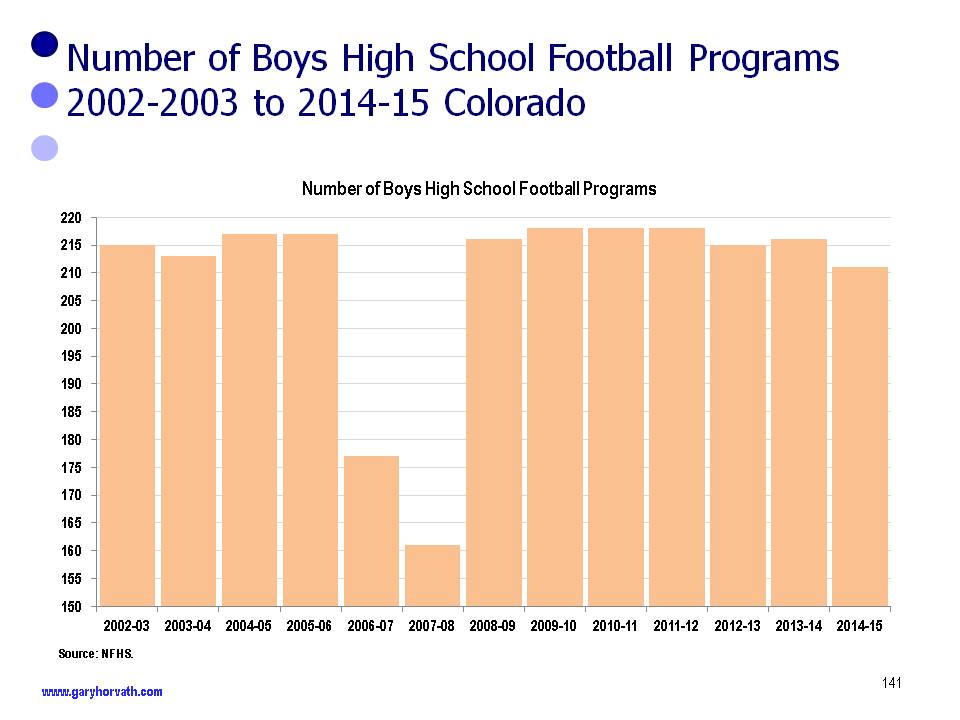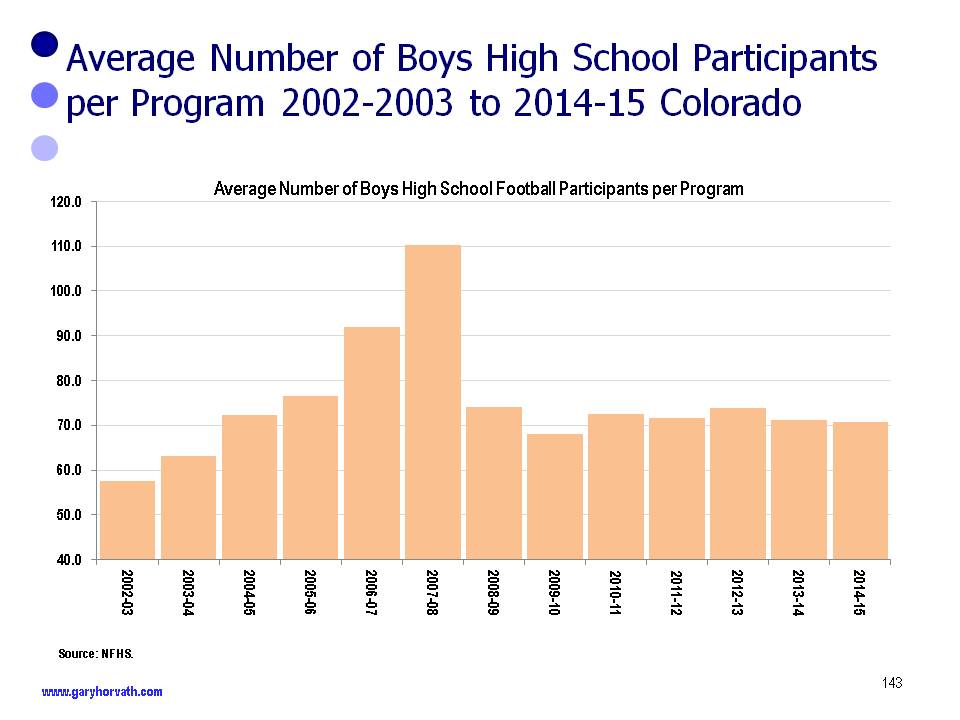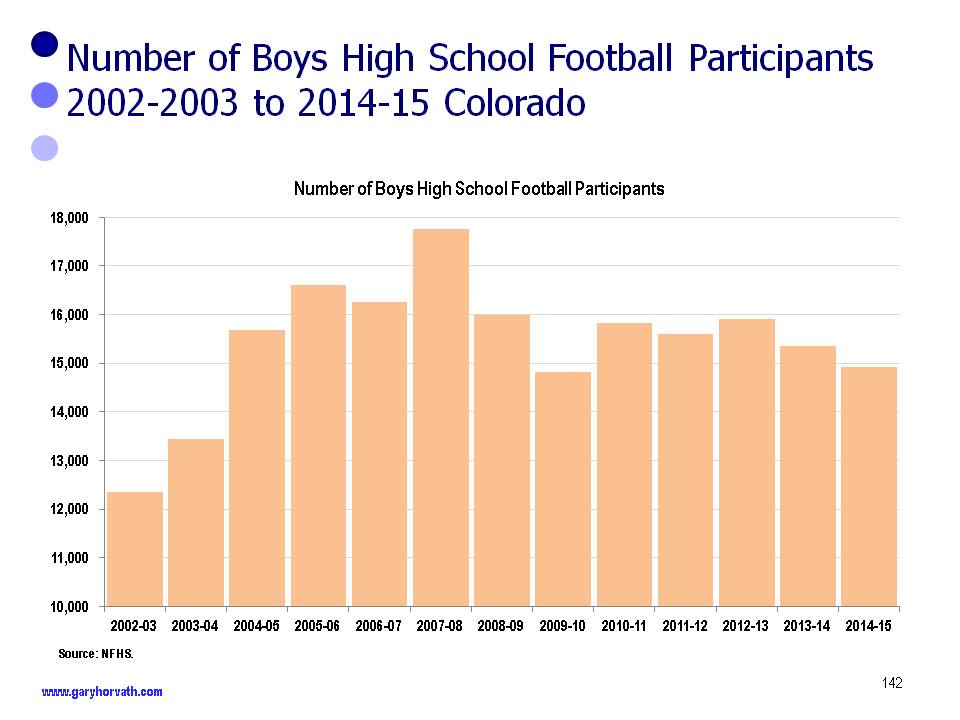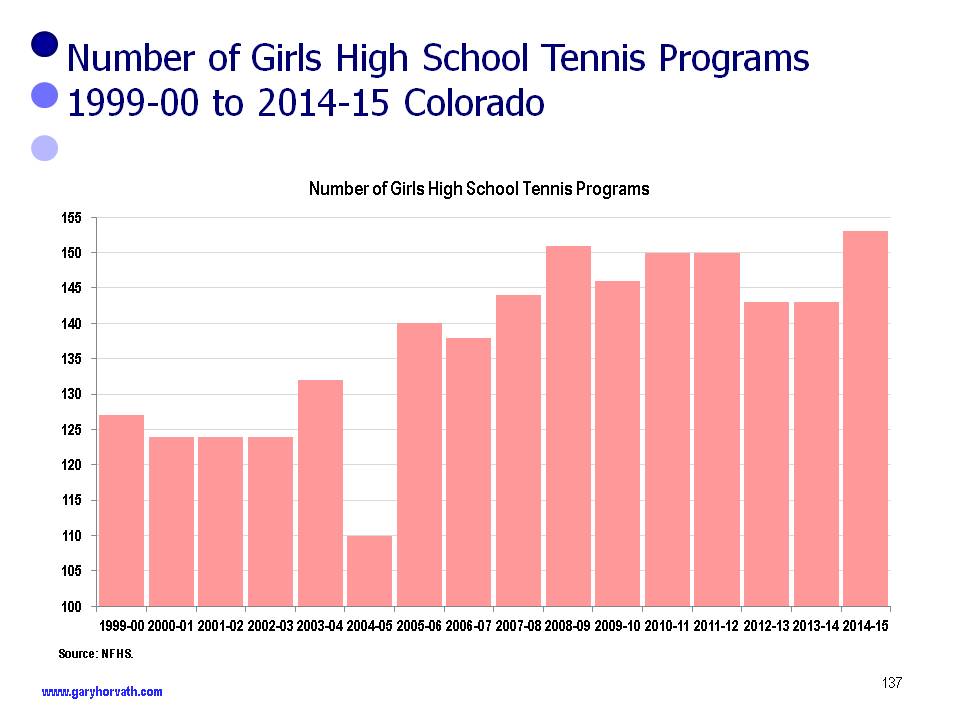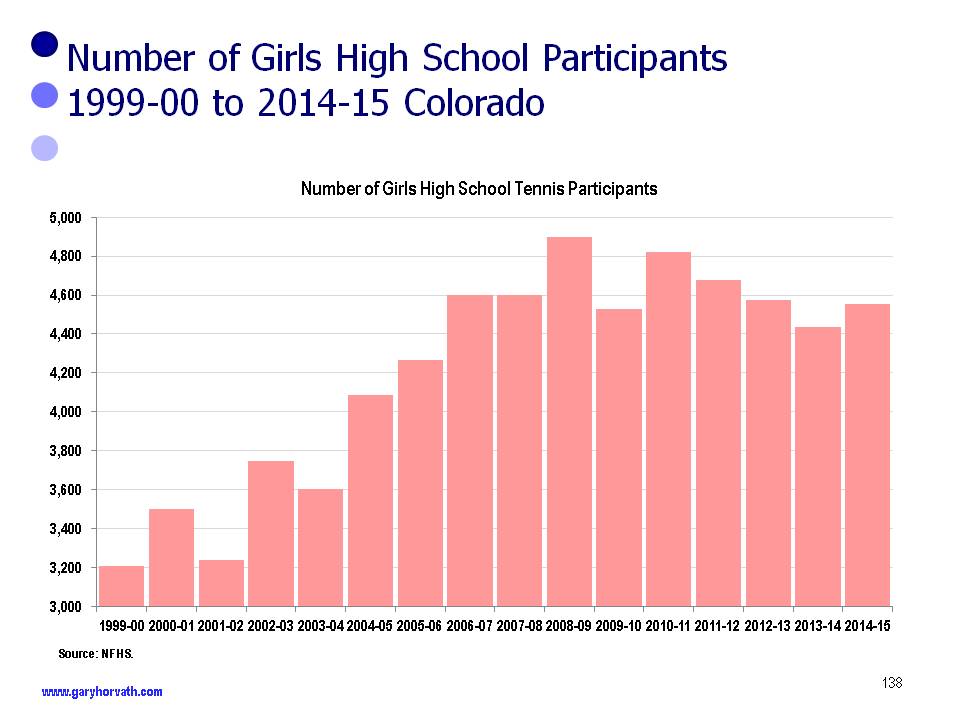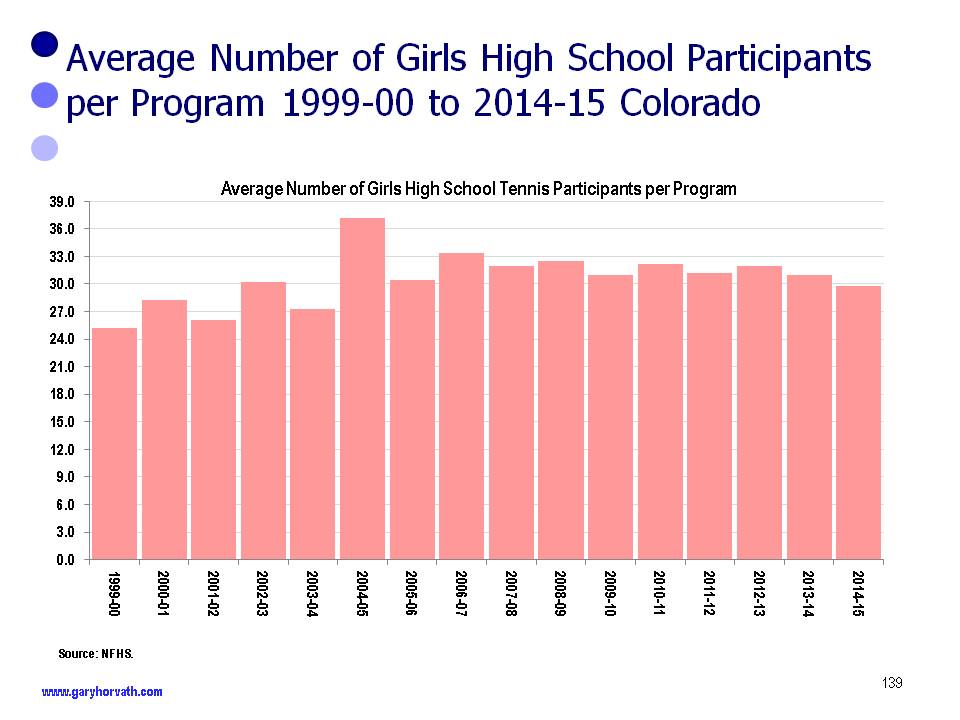Mike Krzyzewski, affectionately known as Coach K, is one of the world’s most widely respected coaches in any sport. One of his many strengths as a coach is his ability to motivate those around him.
This blog post includes a sampling of some of his quotes about sports and life taken from the official Mike Krzyzewski website, http://coachk.com/.
Advice for athletes
Adversity can teach you more about yourself than any success, and overcoming an obstacle can sometimes feel even better than achieving an easy victory. Through adversity, you can discover things about your endurance, your ability to turn a negative into a positive, and your personal strength of heart.
Dependability is the ability to be relied upon. To always be there trying to do your best. Dependability is not only about being there physically, but being there at your best. It is about loyalty and commitment, and being someone on whom your teammates can count.
The persistent pursuit of excellence determines winners, not the score of the game. To be excellent, you must be yourself. Do the very best that you can do. In giving your best every day, improvement will come naturally. Giving your all makes you better; it’s that simple.
No one can be perfect. When you break out of your comfort zone and try new things, you will probably experience some form of failure. Failure cannot be your final destination; rather, you can use it to shatter limits. It is merely a stepping-stone on your journey to greatness.
Integrity means doing the right thing whether you are alone or with a group, doing the right thing no matter what the rewards or the consequences may be. It means putting your base of ethics into action. It takes strength of character to have integrity
Advice for coaches
The foundation to achievement is in dreams, in imagination. The greatest gift a coach can give a player, a teacher can give a student, and a parent can give to their child is the opportunity to imagine great things. These dreams pave the way for future successes.
Effective teamwork begins and ends with communication. Communication does not always occur naturally, and must be taught and practiced in order to bring everyone together as one. The most crucial element of communicating is telling the truth.
Developing a culture means having a tradition that maintains the standards you want to define your program. Culture is established by the people who compose your team and is carried on by those people. A successful development of culture means that you hear different voices echoing the same message throughout the organization — now, through the history of your program, and into its future.
Trust is the foundation upon which relationships must be based. It is developed through open and honest communication, and, once established, creates a shared vision for a common goal. Established trust among a group of individuals bolsters a feeling of confidence that only comes in knowing you are not alone.
Standards form a level of excellence that we consider our norm. They define what is acceptable for an individual or a team. When you allow your standards to slip, your level of success will decrease alongside your team effort, work ethic, and pride.
You have to adapt what you do based on who you are. In teaching, you must remember that no group or individual is the same as who you taught the day before, the year before, or the decade before. Your plan has to suit who you and your team are right now.
Advice about life
Living is learning. Once you stop learning, you are no longer living. The key to learning is listening. Make it a habit to listen to everyone. You do not merely learn from the traditional teaching sources.
Ambition alone is not enough. That ambition must be coupled with hard work for success to be achieved. Real winners put forth the time and effort to make it happen. By putting in the work, you make yourself worthy of winning. I truly believe that you will not win consistently unless you are worthy.
Take care not to allow one aspect of your life to so consume you that you neglect the others. Balance can put things in perspective, can bring you joy even when you are down, and can allow you to be at your best in all aspects of your life.
No matter how successful you believe you yourself to be, you can never feel as if you’ve reached the absolute pinnacle. There are always new and wonderful challenges out there, and part of maintaining success is knowing when you need to accept them.
You can possess countless good qualities as an individual, but if you don’t have the courage to proceed, you may never see those qualities come into fruition. It takes courage to put what you believe to be best of you on the line, to test it, and to see how far it takes you. Courage means daring to do what you imagine.
When you use your success to have a positive impact on something or someone else, it adds depth to your life. Having a positive influence on people, helping others: that’s winning. For someone to be a total human being, they must realize that something happened before them, something is happening now, and something will happen after they leave.
Check out the official Coach K website. You will find a host of thought-provoking quotes. What is your favorite Coach K quote?
